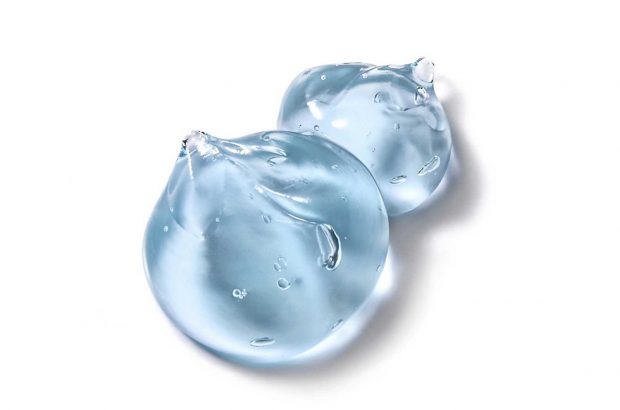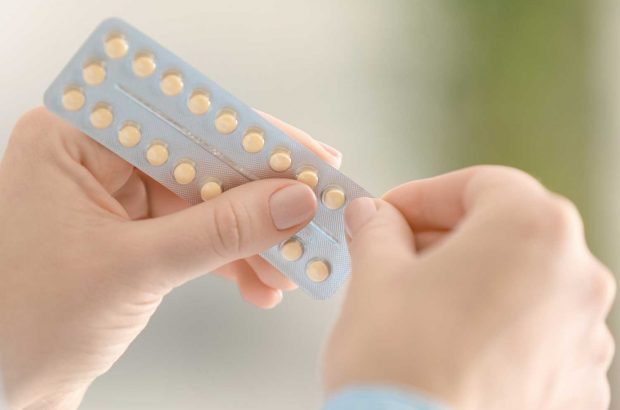
Cryotherapy (freezing)
Cryotherapy (also known as cryosurgery) is a freezing technique that is often used by dermatologists to treat skin lesions. It usually involves the controlled application of a very cold liquid substance (liquid nitrogen) to a precise area of the skin for a few seconds.
It is a very useful treatment for many different types of benign and pre-cancerous skin lesions and for selected types of skin cancer. Cyrotherapy works by damaging the abnormal cells in the skin lesion which then die off, allowing normal skin to recover. Depending of the size and type of the skin lesion, and the body site, freezing may be done for between 5-30 seconds with either one or two treatments per session.
Many skin lesions will respond to a single treatment, although some types of skin lesion (for example viral warts), may need repeat freezing on several occasions.
Does it hurt?
The freezing spray is extremely cold, so when it is applied a sharp discomfort is quite normal. However this is usually mild and disappears to a slight ache within seconds. If the a lesion on the soles of the feet has been treated, some discomfort may occur when walking for a few days afterwards.
Are there any complications I should know about?
Cryotherapy is an extremely safe procedure. Shortly after the treatment you will notice the area becoming inflamed, in other words red and slightly swollen, perhaps with some weeping. This usually settles within a day or two. Very occasionally a blister or blood blister may form. If this does occur it can treated by carefully puncturing the blister with a sterile needle. Sometimes the treated skin may become slightly paler or darker than the surrounding skin, particularly if you have naturally pigmented skin.
What should I do after having cryotherapy?
The area treated with cryotherapy should settle and heal by itself. You do not need to apply a plaster or dressing, If the area is uncomfortable, it is sometimes helpful to take paracetamol (2 tablets). You should wash the skin as normal. Healing usually takes 2 weeks, although occasionally may take longer.






